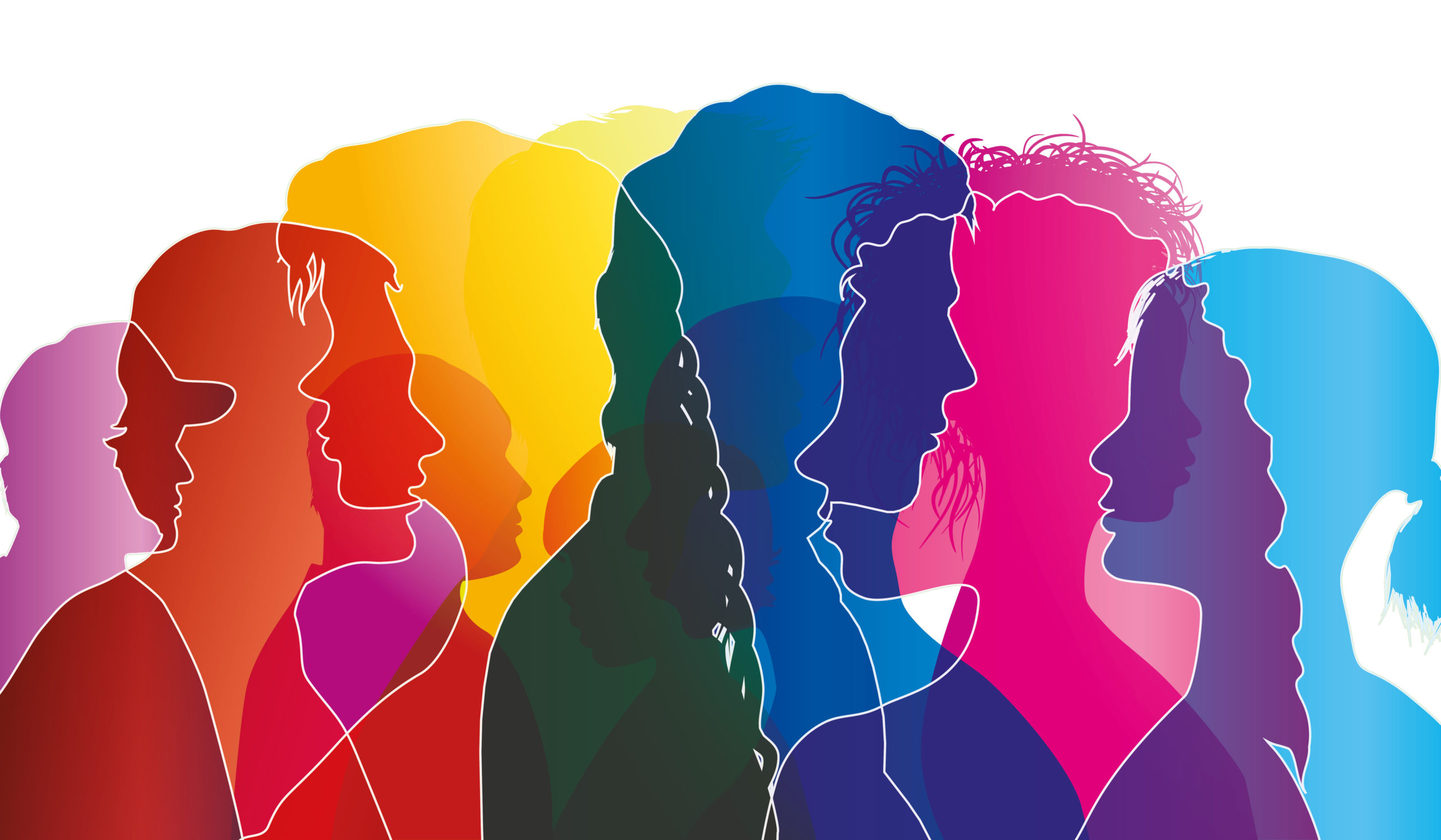Let’s be honest: social media is a lot. The pressure to…

The Psychology of Colors in Marketing: How to Use Color to Influence Consumer Behavior
Colors have a profound impact on human emotions, perceptions, and behavior. As a result, they play a significant role in marketing and branding strategies. Understanding the psychology behind colors and their effects on consumer behavior can empower businesses to make informed decisions regarding color selection in their marketing efforts. In this article, we will explore the fascinating world of color psychology and delve into practical ways businesses can use colors to influence consumer behavior and create powerful brand experiences.
The Influence of Colors on Emotions and Perceptions:
Colors can evoke specific emotions and create certain perceptions in individuals. Warm colors like red and orange are often associated with energy, passion, and excitement, while cool colors like blue and green evoke feelings of calmness, trust, and serenity. Businesses can create a more impactful connection with their target audience by strategically selecting colors that align with the desired emotional response.
Building Brand Identity with Colors:
Colors play a crucial role in building a strong brand identity. Consistent use of colors across various marketing channels helps establish brand recognition and recall. We’ll explore the importance of color consistency in logo design, website branding, packaging, and other brand touchpoints. By associating specific colors with your brand, you can cultivate a sense of familiarity and trust among consumers.
Color Associations and Cultural Influences:
Colors can have different meanings and associations across cultures. It’s essential to consider cultural influences and the context in which colors are used. For example, while white symbolizes purity and innocence in Western cultures, it represents mourning in some Eastern cultures. Businesses must conduct thorough research and adapt their color strategies to resonate with their target audience in different regions.
Applying Color Psychology in Marketing:
Color in Branding and Logo Design:
When it comes to branding and logo design, colors hold immense power in shaping brand perception and evoking emotions. For example, the vibrant red of Coca-Cola exudes energy, excitement, and passion, while the calming blue of IBM signifies trust, reliability, and professionalism. The use of colors like green by Whole Foods Market reflects their commitment to sustainability and health. By understanding the psychology behind different colors, businesses can strategically select hues that resonate with their brand personality and target audience.
Color in Advertising and Marketing Materials:
In advertising and marketing materials, colors can be utilized to influence consumer behavior and create memorable experiences. Bright, attention-grabbing colors like yellow or orange are often used to capture viewers’ interest and develop a sense of urgency. On the other hand, using contrasting colors like black and white can emphasize important information and enhance readability. For instance, tech giant Apple incorporates minimalist design with white backgrounds and sleek product imagery to communicate simplicity, sophistication, and innovation.
Color in Product Packaging:
Packaging design plays a pivotal role in attracting consumers’ attention and conveying product attributes. The color choices in packaging can evoke specific emotions and influence purchase decisions. For example, the use of warm, earthy tones like brown and green in organic food packaging creates a sense of naturalness, healthiness, and authenticity. High-end brands often employ elegant and sophisticated colors such as gold or silver to convey luxury and exclusivity. Consider the iconic blue Tiffany & Co. box, which symbolizes elegance, trust, and impeccable quality.
Color in Retail Environments:
Colors in physical retail environments can greatly impact consumers’ perceptions and behaviors. For instance, warm colors like red and orange in fast-food restaurants stimulate appetite and create a sense of urgency, encouraging customers to make quick decisions. Soft pastel colors like light blue or pink in retail clothing stores create a calming and inviting atmosphere, promoting relaxation and longer browsing times. Furthermore, colors can be strategically used in visual merchandising to guide customers through the store and highlight specific products or promotions.
Understanding the psychology of colors is a powerful tool in marketing. By strategically selecting and incorporating colors that align with your brand and target audience, you can create impactful experiences that influence consumer behavior.
At C2U Marketing, we specialize in helping businesses leverage color psychology to enhance their marketing strategies. Contact us today to discuss how we can help you leverage the psychology of colors to influence consumer behavior and elevate your brand. Let’s create captivating experiences that leave a lasting impression!




Comments (0)